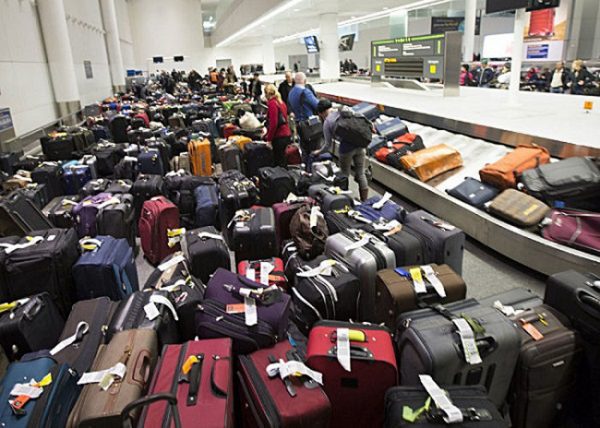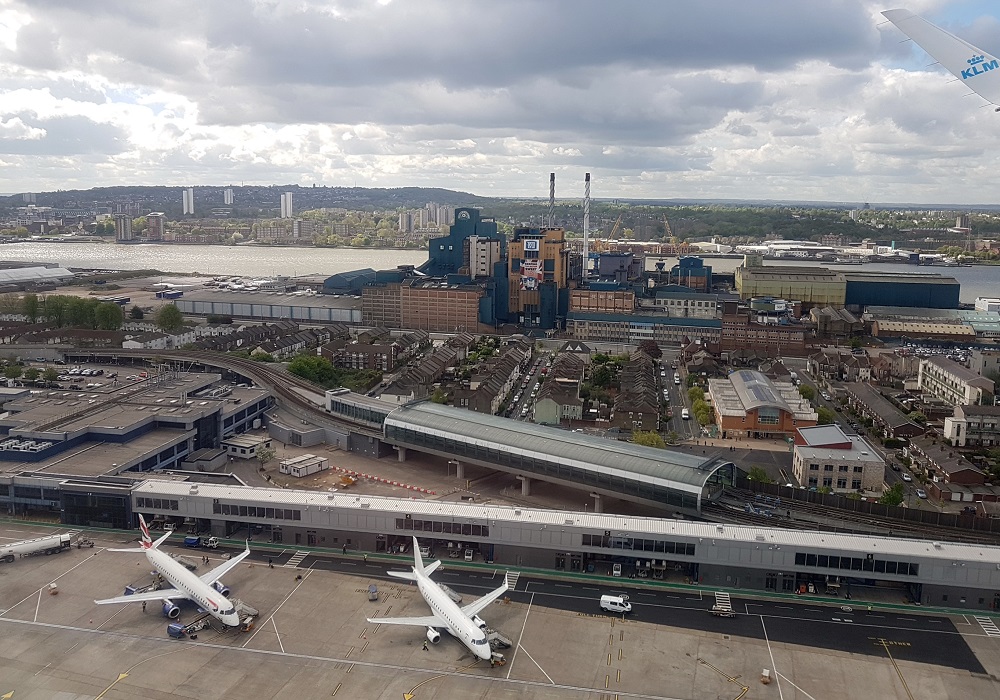Airport
Dubai airport has new Baggage rules .

Packing correctly can save you time (and money) at the airport. Here are the basic rules to follow, plus some further tips.
Regulations:
1:Please do not carry liquids over 100ml in your hand luggage. Also:
A:Place containers in a clear, resealable plastic bag.
B:Put the resealable bag in your hand luggage.
2:Generally two pieces of baggage are allowed for international travel, with the total weight not exceeding 32kg. However this may vary by airline and fare type. Check with your airline before you fly.
Packing correctly can save you time (and money) at the airport. Here are the basic rules to follow, plus some further tips.
Regulations:
1:Please do not carry liquids over 100ml in your hand luggage. Also:
A:Place containers in a clear, resealable plastic bag.
B:Put the resealable bag in your hand luggage.
2:Generally two pieces of baggage are allowed for international travel, with the total weight not exceeding 32kg. However this may vary by airline and fare type. Check with your airline before you fly.
3:Baggage larger than 90cm long, 75cm high and 60cm wide, or that does not have a single flat surface, will need to be checked in at the oversized baggage counter. Please allow extra time to check-in oversize baggage.
4:Excess baggage must be repacked. Excess baggage fees typically apply
General tips:
1:Pack personal belongings in your hand luggage.
2:Keep a laptop where it can be easily reached: you’ll need to place it in a separate security tray at the security scan.
3:Always remove old baggage tags. They may cause the baggage system to reject the bag they’re attached to.
4:Avoid using cardboard boxes. They need to be processed manually, which takes longer. And they’re not as durable.
5:Don’t forget travel insurance.:Baggage larger than 90cm long, 75cm high and 60cm wide, or that does not have a single flat surface, will need to be checked in at the oversized baggage counter. Please allow extra time to check-in oversize baggage.
4:Excess baggage must be repacked. Excess baggage fees typically apply
General tips:
1:Pack personal belongings in your hand luggage.
2:Keep a laptop where it can be easily reached: you’ll need to place it in a separate security tray at the security scan.
3:Always remove old baggage tags. They may cause the baggage system to reject the bag they’re attached to.
4:Avoid using cardboard boxes. They need to be processed manually, which takes longer. And they’re not as durable.
5:Don’t forget travel insurance.

Airport
Three Major UK Airports Up for Multi-Billion Pound Sale

Three major UK airports, including London City, Birmingham, and Bristol, are set to be sold in a multi-billion pound deal as their Canadian owner, the Ontario Teachers’ Pension Plan (OTPP), seeks to capitalize on a booming air travel market.
The OTPP is in talks with minority shareholders about selling its stakes in these airports, as well as its holdings in Brussels and Copenhagen airports.
Current evaluations suggest the combined value of the five airports exceeds £10 billion, with OTPP owning between 25% and 70% stakes in each, potentially bringing the total sale to over £3.5 billion.
British Airways Unveils Its Brand-New First Class Cabin for the Airbus A380
The move comes as global aviation experiences a strong recovery, driving increased demand for air travel, particularly across Europe. The OTPP, which holds a significant portion of its portfolio in these airports, is in the process of offering its shares to co-investors with a 30-day “right of first refusal” period.
Analysts speculate that the sale could trigger a chain reaction, prompting other stakeholders to consider selling their shares, particularly if a new buyer seeks a controlling interest.
Bristol Airport, for example, has outlined an ambitious master plan to expand its capacity from 12 million passengers per year to 15 million by 2036, addressing the growing demand in the region.
Airbus Enhances A350 Cabin with 10-Abreast Seating
Meanwhile, London’s Heathrow and Stansted airports have seen record passenger traffic, further underscoring the sector’s recovery.
As the 30-day period progresses, the OTPP’s decision could spark a flurry of activity, with other investors such as Australian giant Macquarie reportedly showing interest in the airports.
This potential sale is set to reshape the future of UK airport ownership and investment, as the aviation industry continues to recover and grow.
-

 Aviation2 months ago
Aviation2 months agoMicrosoft Flight Simulator Raises $3 Million to Bring Back the An-225 Mriya
-

 Airlines2 months ago
Airlines2 months agoQatar Citizens Can Travel to the United States Without a Visa
-

 Aviation2 months ago
Aviation2 months agoQatar Airways bans these new Electronic Devices on plane
-

 Airlines2 months ago
Airlines2 months agoJapan Airlines Rolls Out Free Domestic Flights to International Passengers
-

 Travel2 months ago
Travel2 months agoQatar Airways Launches Four Additional Flights from Amsterdam
-

 Defence2 months ago
Defence2 months agoWhich Country Has the Largest Fleet of Fighter Aircraft?
-

 Airport2 months ago
Airport2 months agoWestern Sydney Airport Welcomes Its First Plane After 6 Years of construction
-

 Airlines4 days ago
Airlines4 days agoDAMAC Air: Dubai’s New Luxury Airline Offers Free Flights for Registration








